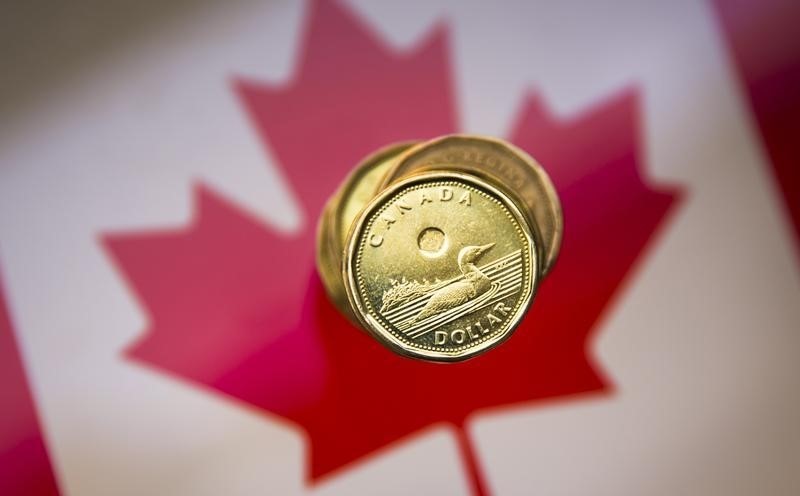* Canadian dollar at C$1.2733, or 78.54 U.S. cents
* Bond prices slightly higher across the maturity curve
* Market pricing 57 pct chance Bank of Canada hikes in January
* Loonie heads into 2018 in middle of recent C$1.25-C$1.30 range
By Alastair Sharp
TORONTO, Dec 22 (Reuters) - The Canadian dollar headed into 2018 stuck in the middle of a recent range, with traders and economists torn on whether the Bank of Canada will hike rates in January or wait until March or April, and whether it will out-tighten the Fed over time.
The loonie was little changed against the greenback on Friday as trade wound down ahead of the Christmas break, with stalled economic growth data for October challenging inflation, trade and retail sales data from earlier in the week that had made a January hike a 50:50 call. Canadian central bank raised rates twice in 2017, in July and September, while the U.S. Federal Reserve hiked in March, June, and December.
"What the market seems to be pricing now, as best as I can tell, is that Bank of Canada is going to actually out-hike the Fed next year and flatten the gap in cash rates to zero," said Daniel Katzive, head of North American currency strategy at BNP Paribas (PA:BNPP), adding that seemed "aggressive given the NAFTA uncertainty".
Negotiators for Canada, the United States and Mexico will meet in Montreal from Jan. 23-28 for North American Free Trade Agreement talks on thorny subjects such as autos, dispute settlement and an expiry clause, while the Bank of Canada's next rate decision is due on Jan. 17. 1:30 p.m. EST (1830 GMT), the Canadian dollar CAD=D4 was trading at C$1.2733 to the greenback, or 78.54 U.S. cents, slightly stronger on the day. It traded between C$1.2697 and C$1.2797, and was up more than 1 percent on the week.
BNP Paribas' Katzive said their models point to long-term equilibrium at C$1.27, and to push outside C$1.25-C$1.30 would require one of the central banks to significantly out-tighten the other. Along with a neutral view on range-bound oil, that made him "quite aggressively neutral on the dollar-Canada outlook," he said.
Canadian government bond prices were slightly higher across the maturity curve, with the two-year CA2YT=RR up 3 Canadian cents to yield 1.662 percent and the benchmark 10-year CA10YT=RR rising 4 Canadian cents to yield 2.026 percent.
The spread between yields on Canadian and U.S. two-year bonds was -23.3 basis points, near its tightest in more than a month. The Canadian issue traded at a premium to its U.S. counterpart in September and early October.
The Canadian bond market closed at 1:30 p.m. ahead of the Christmas break, while U.S. trading wound down at 2 p.m.
